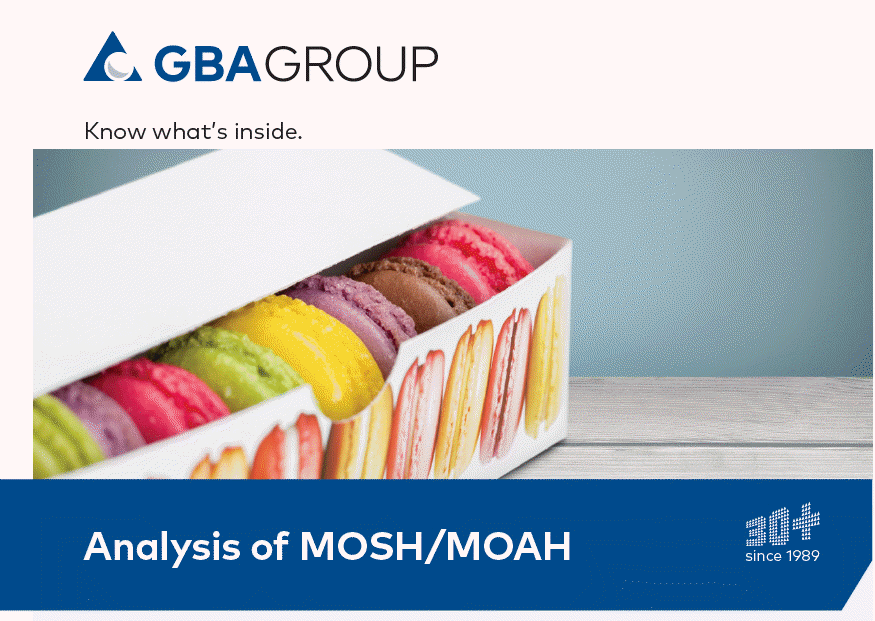
The large group of mineral oil hydrocarbons (MOH) is divided into two fractions: mineral oil saturated hydro-carbons (MOSH) and mineral oil aromatic hydrocar-bons (MOAH). The MOSH group also includes the oligo-mers that are released from plastics (polyolefins such as polyethylene or polypropylene). These are called POSH (polyolefinic oligomeric saturated hydrocarbons).
Contamination From Migration
Due to the variety of applications, MOHs are virtually ubiquitous in the environment. Throughout the food production process and supply chain, there are various steps where mineral oil hydrocarbons could potentially enter the food product (e.g. via contamination, migration, or the use of additives). Potential causes include the environmental conditions at the site, as well as contaminated transport containers or lubricating oils in production machinery. However, migration from packaging can be identified as the main path of contamination. Packaging made from recycled material (paper and cardboard) is especially in focus as being a cause of contamination, but other sources have been identified as well, such as ink containing mineral oils, e.g. on jute sacks or cardboard, and adhesives on folding boxes for food products.
Toxicological Aspects
MOSH compounds can accumulate in the body. Within the MOAH group, substances may be contained that display carcinogenic and/or mutagenic properties. However, since this concerns a mixture of substances and the composition is not clearly defined, it has not yet been possible to carry out a conclusive toxicological assessment. There are currently no available studies that have yielded a data set that would be sufficient for deriving ADI (acceptable daily intake) or maximum levels. In a statement issued by the European Food Safety Authority (EFSA), they discuss the potential cancer risk from exposure to MOAH. Yet our food products generally display a certain level of exposure.
Contamination From Migration
Due to the variety of applications, MOHs are virtually ubiquitous in the environment. Throughout the food production process and supply chain, there are various steps where mineral oil hydrocarbons could potentially enter the food product (e.g. via contamination, migration, or the use of additives). Potential causes include the environmental conditions at the site, as well as contaminated transport containers or lubricating oils in production machinery. However, migration from packaging can be identified as the main path of contamination. Packaging made from recycled material (paper and cardboard) is especially in focus as being a cause of contamination, but other sources have been identified as well, such as ink containing mineral oils, e.g. on jute sacks or cardboard, and adhesives on folding boxes for food products.
Toxicological Aspects
MOSH compounds can accumulate in the body. Within the MOAH group, substances may be contained that display carcinogenic and/or mutagenic properties. However, since this concerns a mixture of substances and the composition is not clearly defined, it has not yet been possible to carry out a conclusive toxicological assessment. There are currently no available studies that have yielded a data set that would be sufficient for deriving ADI (acceptable daily intake) or maximum levels. In a statement issued by the European Food Safety Authority (EFSA), they discuss the potential cancer risk from exposure to MOAH. Yet our food products generally display a certain level of exposure.

Goldtschmidtstr. 5
21073 Hamburg
Germany
21073 Hamburg
Germany
Boulevard | 031
